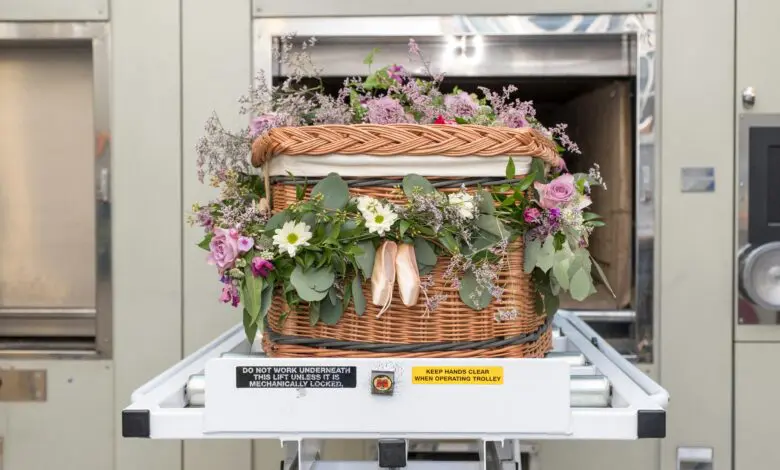Crematoria in Scotland found to perform to high standard
Robert Swanson inspected 32 of Scotland’s 34 crematoria, including the newly opened Bishopbriggs Crematorium, which began operating in December 2024

Register to get 1 free article
Reveal the article below by registering for our email newsletter.
Want unlimited access? View Plans
Already have an account? Sign in
Scotland’s funeral industry continues to perform to a “good or high standard” across all crematoria, according to an annual report from senior inspector of burial, cremation and funeral directors Robert Swanson.
The report, which covers the period from 1 April 2024 to 31 March 2025, was compiled under Section 93 of the Burial and Cremation (Scotland) Act 2016 and submitted to Scottish Ministers. It outlines inspection findings, regulatory developments and key challenges faced by the sector during the year.
Swanson inspected 32 of Scotland’s 34 crematoria, including the newly opened Bishopbriggs Crematorium, which began operating in December 2024. His findings confirmed “100% recovery of ashes” from all cremations and noted that all crematoria were adequately staffed and operating below maximum capacity.
He reported that around eight crematoria had seen changes in management due to retirements or departures, with replacements generally drawn from within the industry. A new crematorium is under construction in East Lothian, due to open later in 2025, with several further applications in progress across Scotland.
From 1 March, inspections of cremation authorities, burial authorities and funeral directors moved from an annual schedule to an approach “where it is considered appropriate to do so”, in line with the new Burial and Cremation (Inspection) (Scotland) Regulations 2025.
Crematoria faced a range of operational challenges during the year, including power outages, equipment failures and the effects of Storm Eowyn in January. The storm caused widespread damage, particularly to crematorium grounds, and led to confusion over whether premises should close.
Funeral directors worked with families to reschedule services where necessary. Swanson commended staff across the sector, saying that “no serious delays were encountered”.
Another issue arose from changes to the Cremation (England and Wales) Regulations 2008, which came into force in September 2024. The revisions allowed cremation before death registration in some cases, leading to temporary confusion over the acceptance of coroner-issued certificates in Scotland.
An amendment to Scotland’s 2015 regulations, introduced in October 2024, resolved the issue by allowing burial or cremation on presentation of a coroner’s certificate in appropriate circumstances. Swanson said there had been no further delays since the change.
The implementation of the Funeral Director Code of Practice and other new regulations in March of this year was described as “widely welcomed” by both the public and the funeral sector. Work also continues on measures for funeral director licensing and the introduction of alkaline hydrolysis, also known as water cremation.
Figures from National Records of Scotland showed a slight fall in the number of deaths in 2024, to 62,291 from 63,445 the previous year. Despite an increase in the number of crematoria, Swanson noted a small reduction in cremation numbers overall, alongside a continued rise in direct cremations without a service – a trend that accelerated after the Covid-19 pandemic.
Direct cremation costs were found to vary widely, between £350 and £820, despite similarities in process. Swanson reported that some funeral directors now require deposits or full payment at the time of booking, as concerns over affordability and unpaid costs persist.
He also highlighted reports from local authorities of families struggling to meet funeral costs but not qualifying for Funeral Support Payments under Section 87 of the 2016 Act.
Swanson said: “Whilst it may take several months for all of these legislative changes to be fully effective, the funeral industry in Scotland is already performing to a high standard and well placed to continue to service the needs of the general public.”







